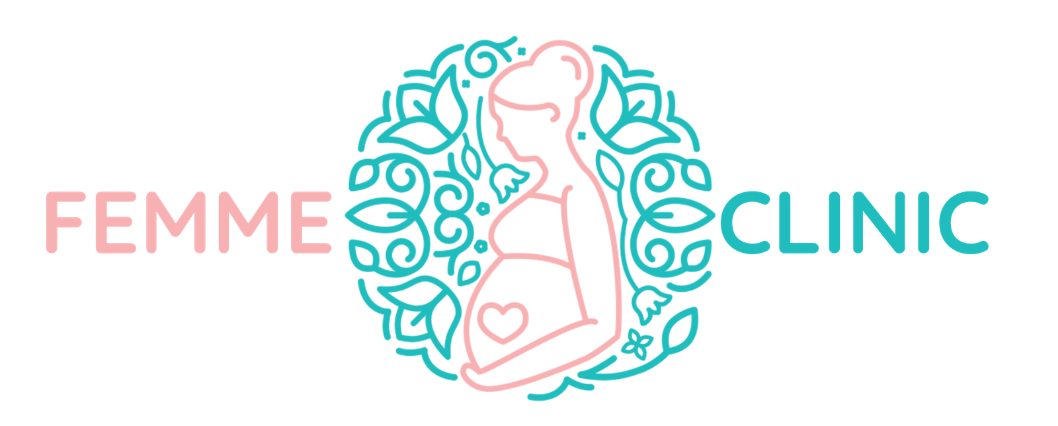What to Expect if you have Mastitis or breast lump
Women complain of breast pain (mastitis) or a breast lump should ask her OBGYN & the specialist team and any imaging or further tests should be conducted in conjunction with the multidisciplinary team.
Your healthcare professional does a physical exam and asks about your symptoms and medical history. You might have a breast ultrasound. Your healthcare professional might take out, called aspirate, some of the fluid in your breast. A culture of this fluid can help find the best antibiotic for you.
A rare form of breast cancer, called inflammatory breast cancer, also can cause redness and swelling that might be confused with mastitis. Your healthcare professional may suggest a mammogram or an ultrasound or both.
If your symptoms don’t go away after you take a full course of antibiotics, you may need a biopsy to make sure you don’t have breast cancer. Be sure to follow up with your healthcare professional after you’ve taken all the antibiotics.
If you are a new mom, you may not know much about mastitis. But this inflammation in the breast tissue is common in moms during the first few months of breastfeeding. Usually the result of an infection, mastitis can cause painful, swollen areas in the breasts.
Fortunately, mastitis is treatable. With support from your OB GYN, mastitis doesn’t have to get in the way of your desire to continue to breastfeed.
Plugged milk ducts and mastitis
Plugged milk ducts affect many breastfeeding moms. Often, these appear as a sore lump in the breast and resolve on their own with continued breastfeeding. However, plugged ducts can turn into mastitis if they don’t clear. Sometimes it can be hard to tell the difference between a plugged duct and an actual infection.
If you think you have a plugged duct, you can try at-home care. WIC Breastfeeding Support suggests these tips:
- Breastfeed often, starting on the breast with the plugged duct
- Try different feeding positions
- Use warm, wet cloths over the plugged duct or take a warm shower
- Massage the breast starting at the plugged duct downward toward the nipple, especially while breastfeeding
- Make sure your bra is supportive but not too tight.
When to call your OB GYN
If a plugged duct doesn’t drain on it’s own or you have other symptoms, you may need treatment from a medical professional. You can also get mastitis from other causes besides a plugged duct, such as bacteria entering the breast through a cracked nipple. If you have a painful area in your breast that doesn’t resolve after 24 hours, make a call to your OB GYN.
In addition to a painful area of the breast, signs of mastitis can include:
- Redness and swelling
- Warm to the touch
- Yellow discharge
- Fever
- Body aches
- Fatigue
- Nausea
Some warning signs that warrant immediate attention include:
- Inflammation or infection in both breasts
- Sudden or sever symptoms
- Red streaks on your breast
- Breastmilk that contains pus or blood
Treating mastitis
If you have mastitis, your OB GYN can prescribe antibiotics to help clear the infection. He or she may also recommend you continue the at-home care techniques, such as breast massage or warm compresses. It’s also important to get plenty of rest. According to the Office on Women’s Health, sometimes a breast infection can be a sign that you’re run down.
Some moms worry that mastitis will affect their ability to breastfeed. However, this isn’t the case. In fact, one of the best things you can do is to continue to breastfeed or pump milk from the affected breast. The La Leche League says breastmilk’s antibacterial properties help protect your baby from infection, and frequently emptying the breast will reduce inflammation and clear any blockages.
Reducing the risk of mastitis in the future
After you’ve had mastitis, you can take steps to help reduce your chance of getting it again. Be sure the take all of your medication as prescribed by your OB GYN, even if you start to feel better before your medication is finished.
The American Academy of Family Medicine suggest focusing on getting a good latch, changing up your breastfeeding positions, and always emptying one breast before offering the other. You should also avoid tight bras that could trap moisture around the nipples or constrict your milk ducts.
If you think your mastitis may be a result of a breastfeeding challenge, reach out to a local support group or lactation consultant. These resources can help you with positioning and latch so you can make sure
You might see a specialist in breastfeeding, called a lactation consultant, for help and support. Advice on the best way to breastfeed might include:
- Don’t let your breasts fill too much between feedings.
- Try get your infant to latch on well. This can be hard when your breast is swollen.
- Letting out a small amount of milk by hand before breastfeeding might help. This is called expressing.
- Lightly massage the breast while breastfeeding or pumping milk. Start at the affected area and move down toward the nipple. Do not press hard or squeeze.
- Make sure your breast drains all the way during breastfeeding. If you have trouble emptying your breast, put a warm, moist cloth on the breast before breastfeeding or pumping milk.
- Breastfeed on the affected side first. This is when your infant is hungrier and sucking harder.
- Change your breastfeeding positions.
- Drink plenty of fluids.
Lifestyle and home remedies
To help yourself feel better:
- Don’t let your breasts fill up with too much milk between breastfeeding sessions.
- Put a cool cloth or ice pack on your breast after breastfeeding.
- Wear a bra that supports your breasts.
- Rest as much as you can.


